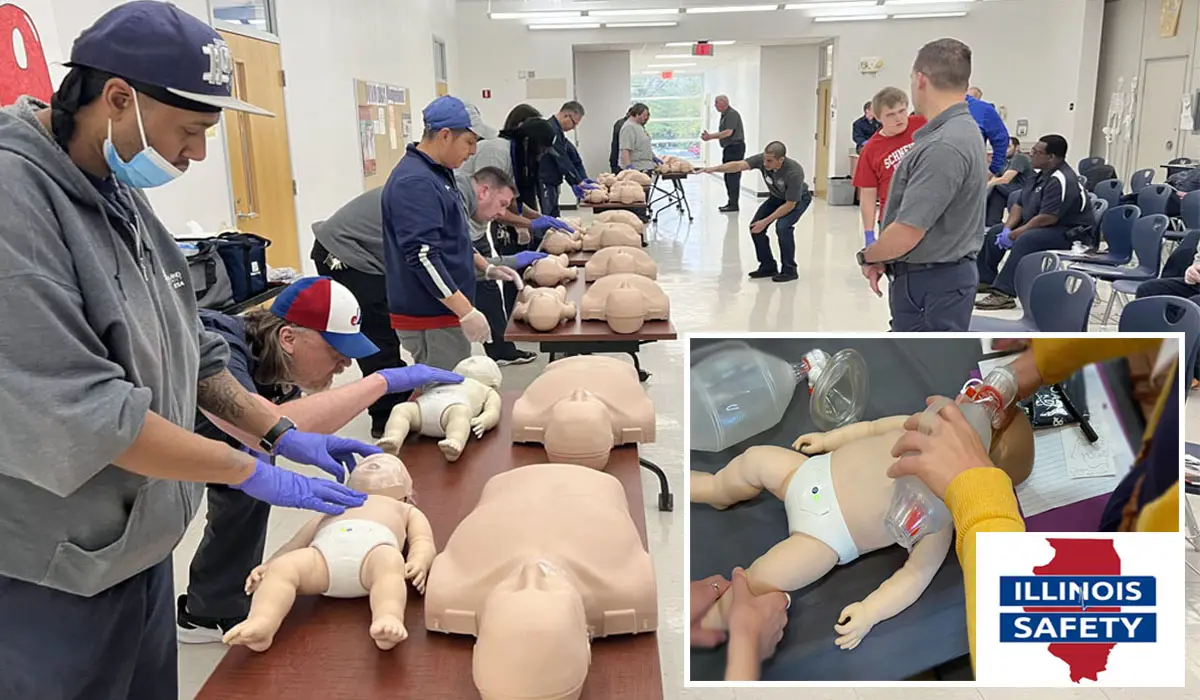
Mastering Baby CPR: A Lifesaving Skill Every Parent Should Know
Baby CPR Mastery: Your Key To Lifesaving Expertise Every Parent Should Embrace
As parents, our children’s safety is our utmost priority. Emergencies can strike at any moment, and being equipped with life-saving skills can make all the difference. Illinois Safety is committed to empowering parents throughout the Chicagoland Area with essential life-saving skills. Our team of instructors comprises current firefighters and paramedics, bringing real hands-on experience to the classroom. With our stress-free service, we bring all the necessary equipment to your location, ensuring your staff is trained to react promptly in emergencies. Enroll now in our Infant CPR classes and gain the knowledge and confidence to protect your little one. Complete this form or simply reach out to us at (630) 290-4280. Be the hero your child deserves – act now and be prepared for anything life throws your way!
Understanding Baby CPR: What Parents Should Know
A. CPR For Babies: Key Differences From Adult CPR
Performing CPR on babies requires a different approach than the traditional CPR used for adults. Infants’ bodies are delicate and their needs distinct, demanding specialized techniques. When administering CPR to a baby, parents should apply gentle pressure using only two fingers for chest compressions. Adjusting the depth and rate of compressions to suit the infant’s size and weight is crucial to ensure the best chance of restoring normal circulation.
B. The Critical Role Of Proper Technique
In the face of an infant emergency, the proper technique can make all the difference in the world. Knowing the correct hand placement, the right force to apply, and the precise method of rescue breaths can significantly impact the outcome. When you receive expert guidance from trained professionals, you gain the confidence to act decisively and save precious moments during a crisis.
C. Why Infant CPR Classes Are Essential
Gaining theoretical knowledge about Baby CPR is essential, but practicing those skills in a safe and guided environment is equally vital. This is where infant CPR classes play a pivotal role. Enrolling in these classes allows you to benefit from hands-on practice and experience real-life scenarios. With qualified instructors who bring their firefighting and paramedic expertise to the classroom, you can confidently learn the life-saving techniques that may someday prove critical.
Mastering Baby CPR: Step-By-Step Guide
Step 1: Assessing The Situation
The first step in mastering Baby CPR is learning how to assess the situation quickly and accurately. As a parent, being vigilant about your baby’s health and well-being is crucial. Familiarize yourself with the common signs of respiratory distress, such as wheezing, gasping, or bluish discoloration around the lips and fingernails. If your baby is choking, they may have difficulty breathing, coughing, or be unable to make any sounds.
In the case of cardiac arrest, your baby will be unresponsive and not breathing normally. It’s essential to act promptly, as every second counts during an emergency. If you suspect your baby is experiencing an emergency situation, don’t hesitate to call for emergency help. If someone else is present, ask them to call while you focus on providing aid.
Step 2: Activating Emergency Response
While waiting for emergency responders to arrive, it’s essential to provide immediate aid to your baby. Performing CPR promptly can significantly improve your baby’s chances of survival. When dialing emergency services, stay as calm as possible and clearly communicate the situation to the operator, providing any relevant details they might need to know.
If there are other people nearby, don’t hesitate to ask for their assistance. Designate specific tasks to individuals, such as calling for help, finding a first aid kit, or comforting other children present. In high-stress situations, having an additional pair of hands can make a significant difference.
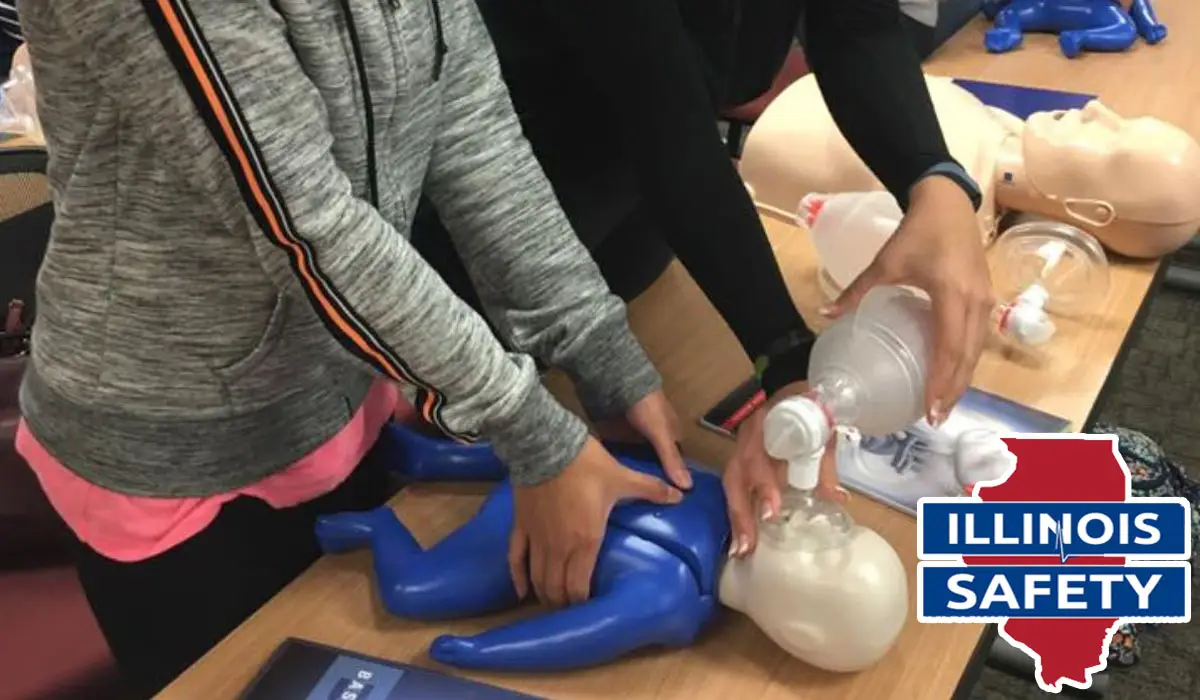
Step 3: Performing Baby CPR
Mastering the steps of Baby CPR is a critical aspect of being prepared for emergencies. The technique involves a series of well-coordinated actions that aim to maintain blood flow and oxygen to your baby’s brain and vital organs until professional help arrives. Here’s a detailed guide on how to perform baby CPR instructions:
• Clear The Airway
Before beginning CPR baby, ensure that your baby’s airway is free from any obstructions. Gently tilt their head back and lift the chin to open the airway.
• Rescue Breaths
After clearing the airway, cover your baby’s mouth and nose with your mouth, forming a complete seal. Deliver gentle, steady breaths lasting about one second each, and observe the chest rise. Administer two rescue breaths initially.
• Chest Compressions
Place two fingers in the center of your baby’s chest, just below the nipple line. Use these fingers to press down about 1.5 inches (about 4 cm) deep at a rate of around 100-120 compressions per minute. Maintain a steady rhythm, ensuring the chest rises completely between compressions.
• Alternate Compressions And Breaths
Perform 30 chest compressions followed by two rescue breaths. Continue this cycle until your baby starts breathing or help arrives.
• Call For Help If Alone
If you are alone, provide CPR for about two minutes before calling emergency services.
Remember, proper technique and timing are crucial in Baby CPR. Enrolling in infant CPR classes, taught by experienced firefighter and paramedic instructors, will allow you to practice these techniques in a supportive environment. Frequent practice and expert guidance will instill confidence in your ability to perform Baby CPR effectively when it matters most.
The Benefits Of Infant CPR Classes
❖ Expert Guidance And Instruction
Instructors with hands-on experience as firefighters and paramedics offer invaluable guidance and instruction during infant CPR classes. Learning from qualified experts ensures that you receive accurate and up-to-date training, instilling you with the skills needed to respond confidently in emergencies.
❖ Real-Life Scenarios And Simulation
Infant CPR classes utilize simulated emergencies to provide practical experiences that enhance learning. By practicing in high-stress situations with specialized baby manikins, parents gain invaluable experience that mirrors real-life scenarios.
❖ Creating A Safety Network Learning Baby
Participating in infant CPR classes not only equips parents with life-saving skills but also fosters a supportive community of prepared individuals. Connecting with like-minded parents can spread awareness about the importance of Baby CPR and encourage others to acquire this vital skill.
Conclusion
Mastering Baby CPR is more than just a skill; it’s a lifeline for your child. At Illinois Safety, we are dedicated to equipping parents with the knowledge and confidence needed to handle emergencies effectively. Don’t wait until it’s too late. Take action today by enrolling in our classes and ensure that you are ready to respond swiftly and confidently in any critical situation. Contact us at (630) 290-4280 or complete this form to empower yourself and protect your little one with the lifesaving skill of Baby CPR.
Illinois Safety Offers The Classes As Follows:
Other Articles We’ve Hand-Picked For You:
Frequently Asked Questions
The duration of an Infant CPR class can vary, but most courses can be completed within a few hours. Illinois Safety’s classes offer comprehensive training in a concise timeframe.
There are no age restrictions for taking Infant CPR classes. Anyone interested in learning this lifesaving skill can enroll, regardless of age or parental status.
Absolutely! Grandparents can greatly benefit from learning baby CPR, as they often spend time with their grandchildren and should be prepared to respond to emergencies.
While most AEDs are designed for use on adults, some models have infant/child pads or settings. Follow the AED manufacturer’s guidelines if applicable, and continue performing CPR alongside AED usage.
It is recommended to refresh your baby CPR skills every two years to ensure you stay up-to-date with the latest guidelines and techniques.
While some techniques may be similar, CPR for toddlers and older children may require modifications. Consider enrolling in Pediatric CPR classes to learn age-specific methods.
If your baby starts breathing and is responsive, place them in a safe position, monitor their condition, and wait for professional medical help to arrive.
While practicing baby CPR with a baby doll can be helpful for familiarizing yourself with the steps, enrolling in a certified Infant CPR class offers the most effective hands-on training.
While online courses offer convenience, in-person Infant CPR classes provide the best hands-on experience and real-life scenarios, making them more effective for mastering baby CPR.
Yes, after successfully completing Infant CPR classes, participants typically receive a certification card from organizations like the American Heart Association, validating their training.
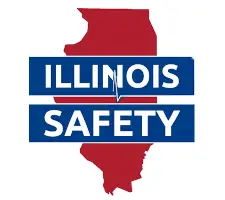
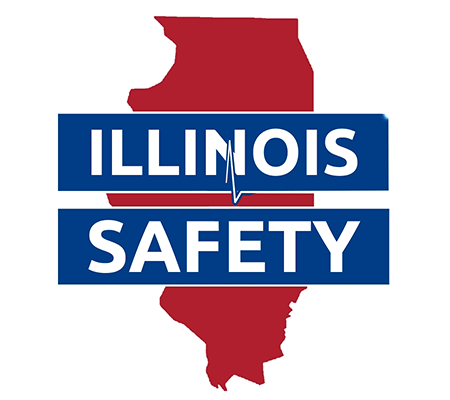


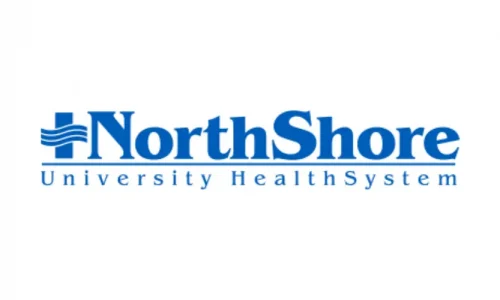
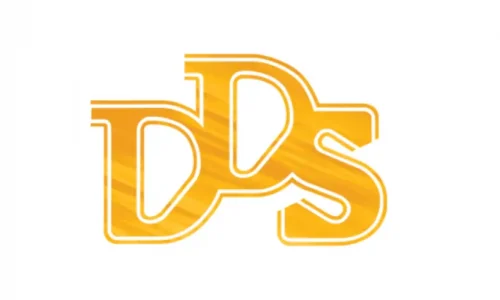

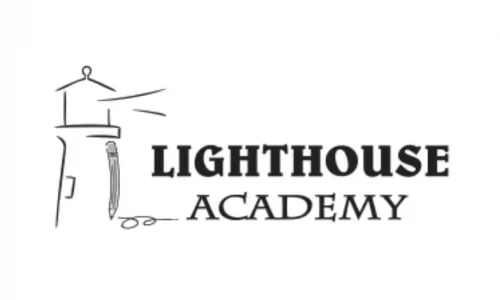
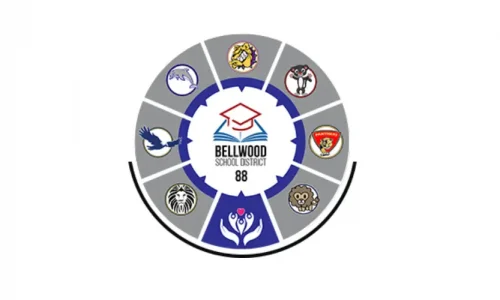
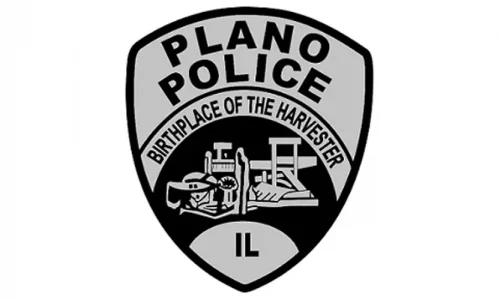

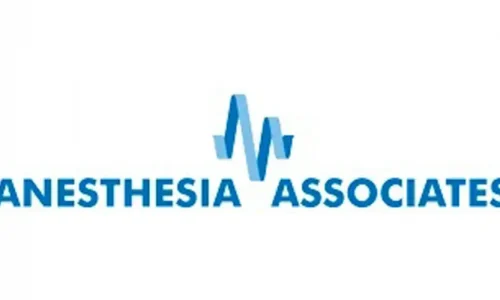
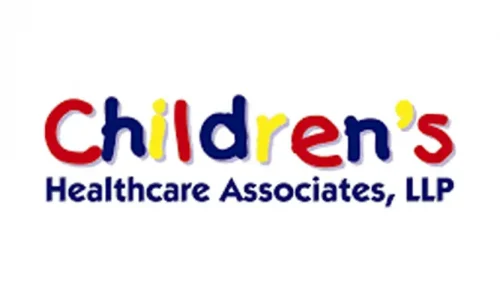




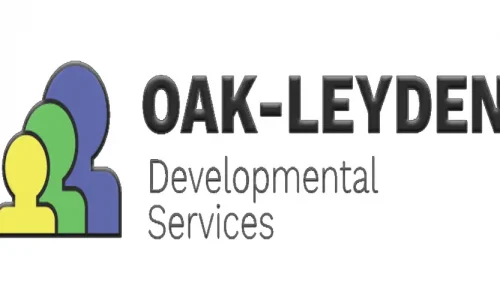
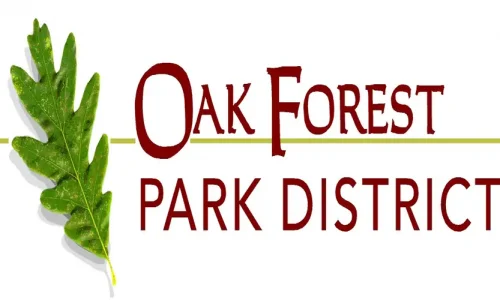
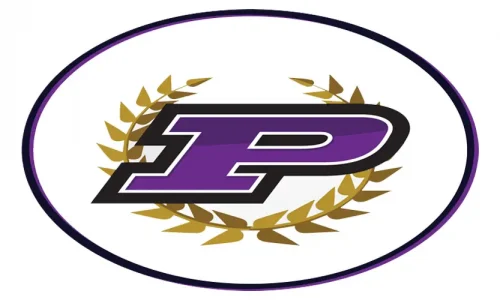
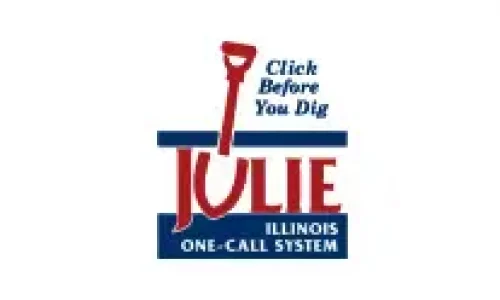



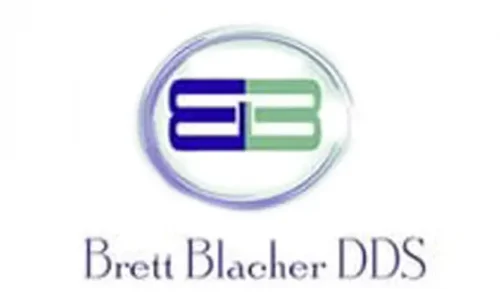

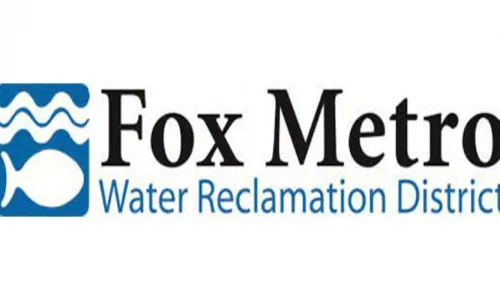
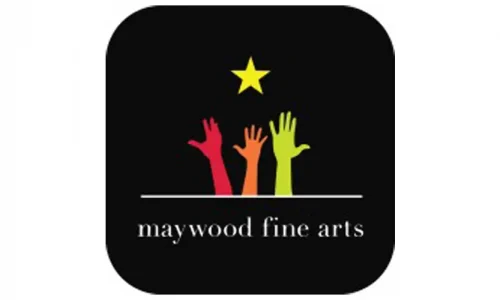


 Powered by
Powered by